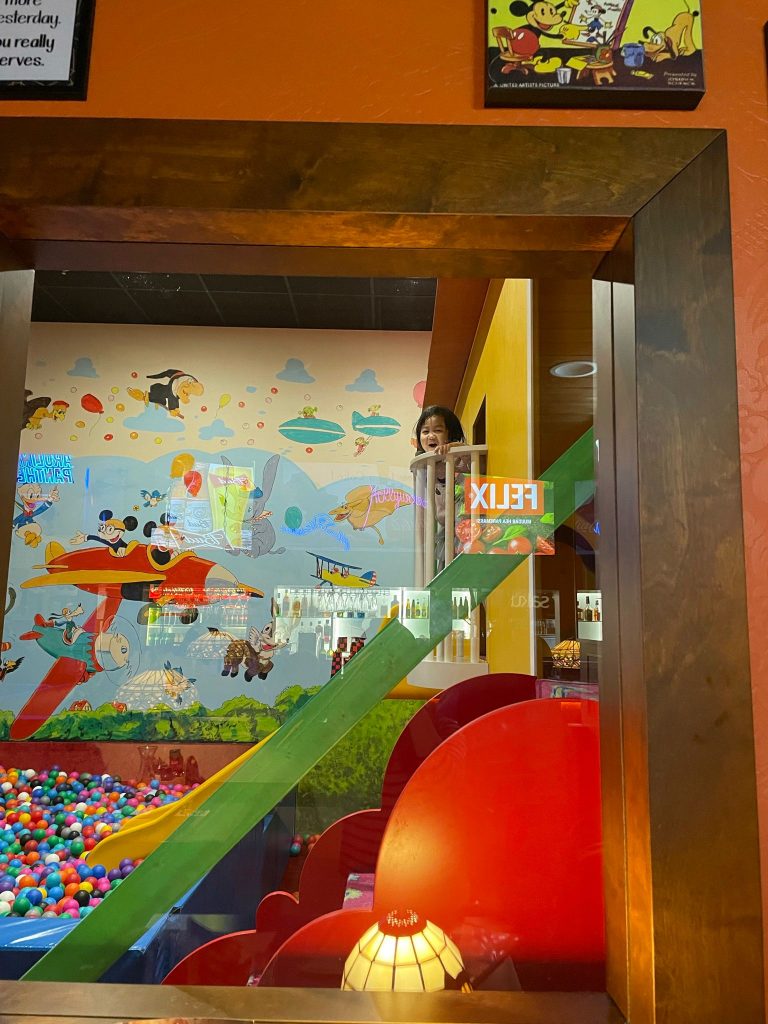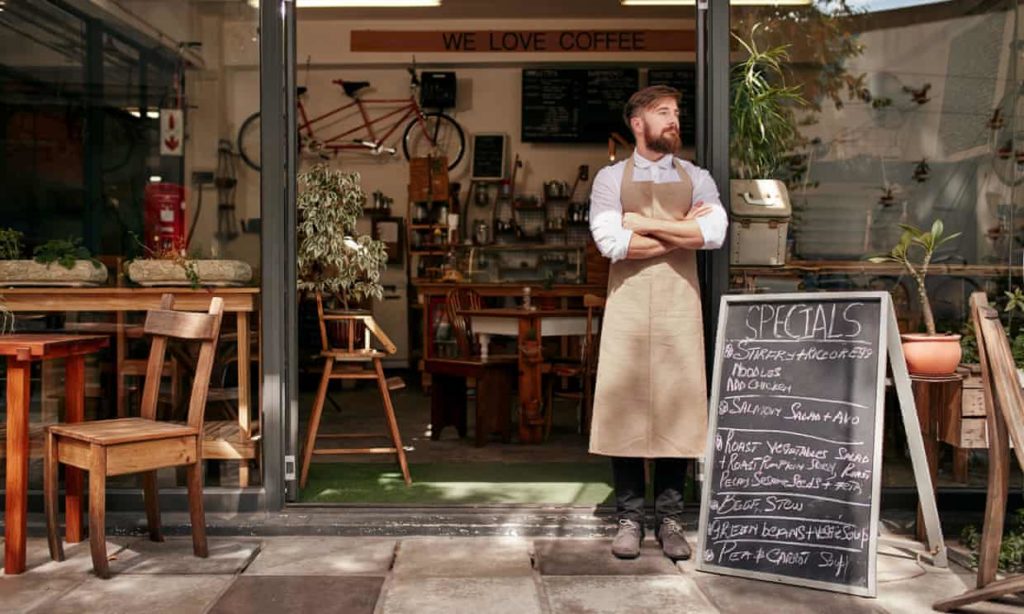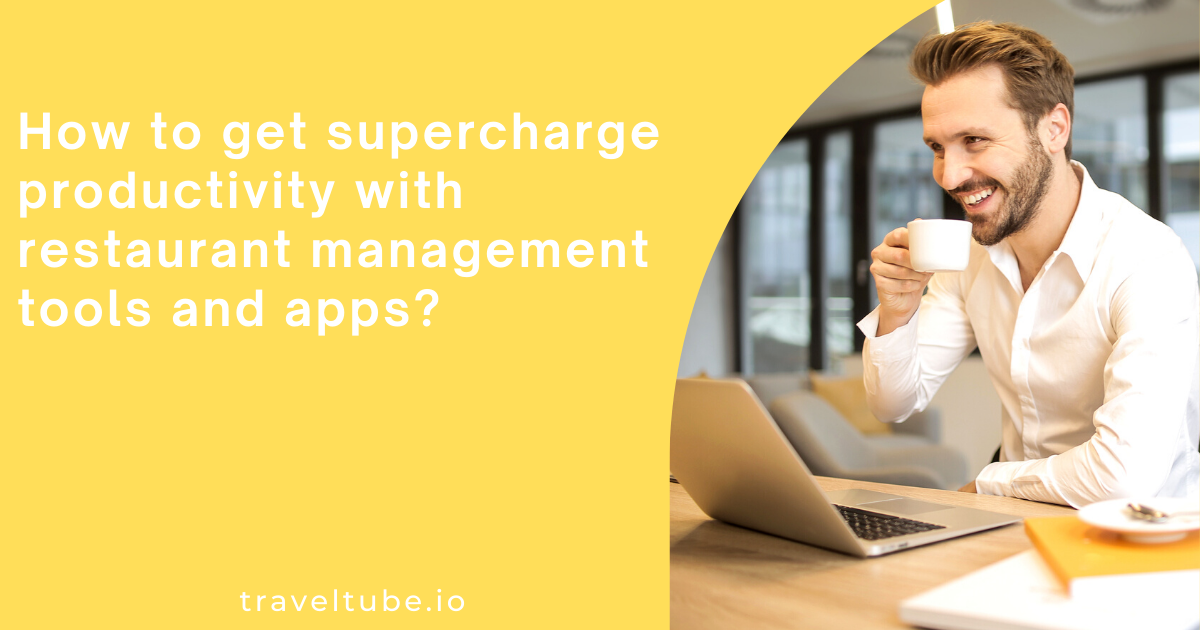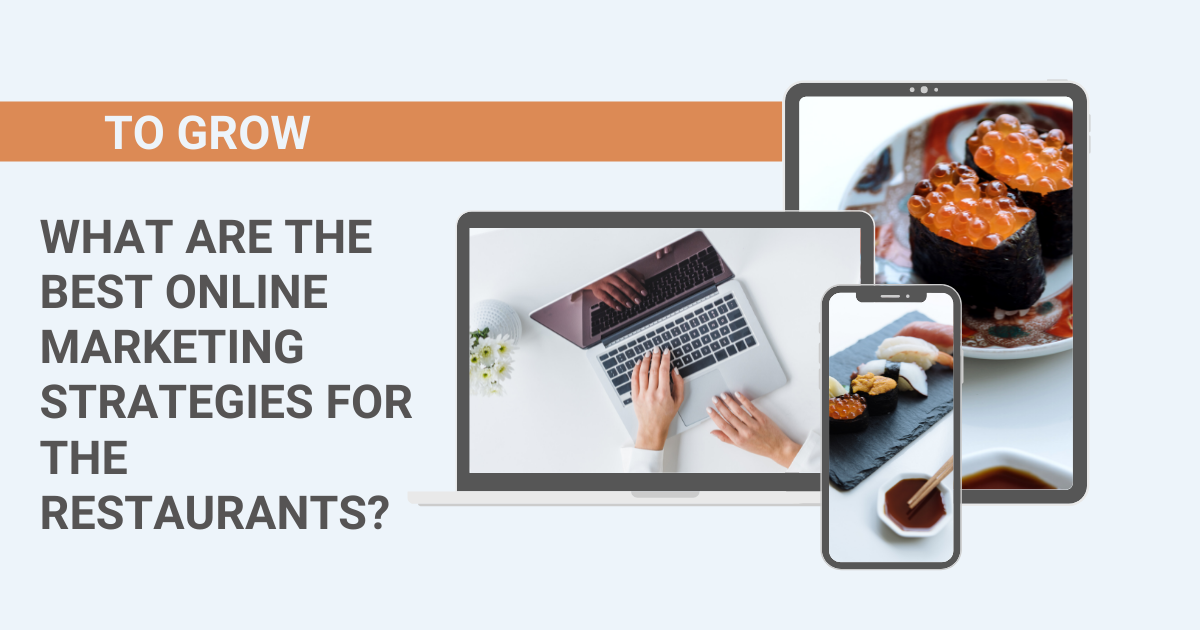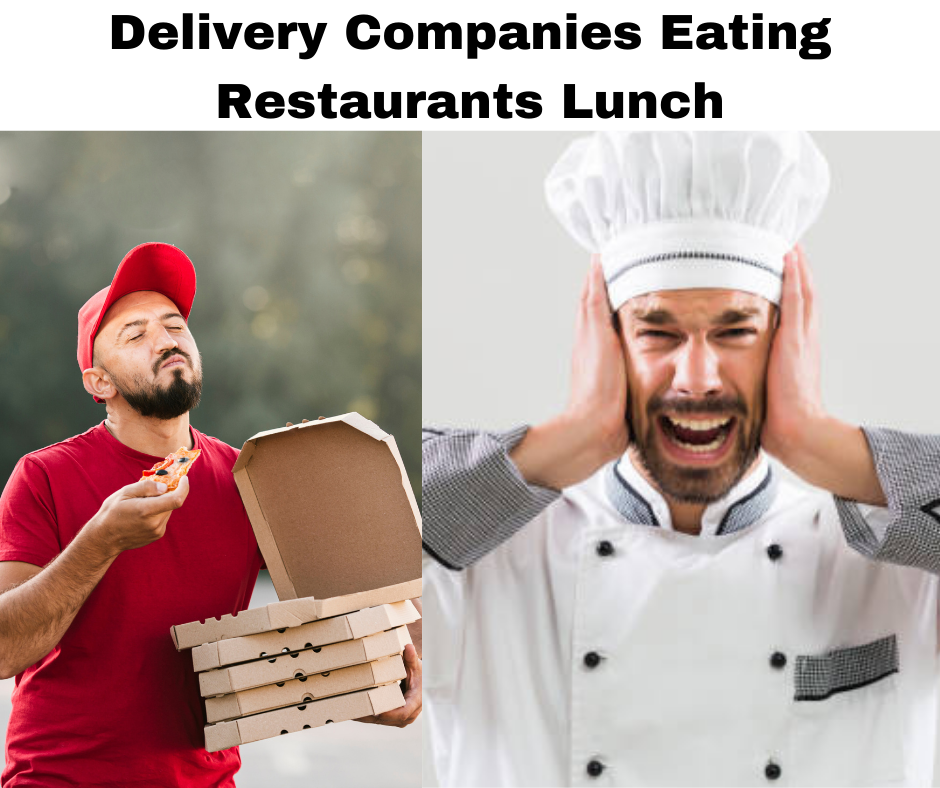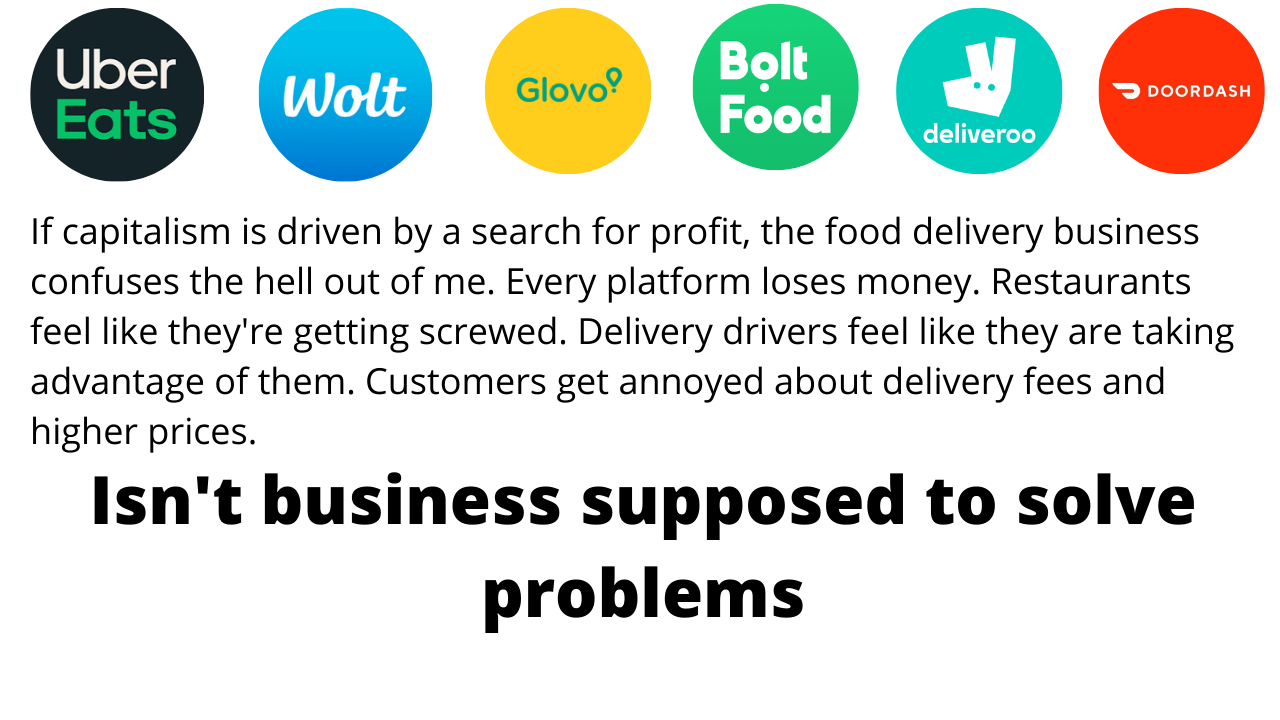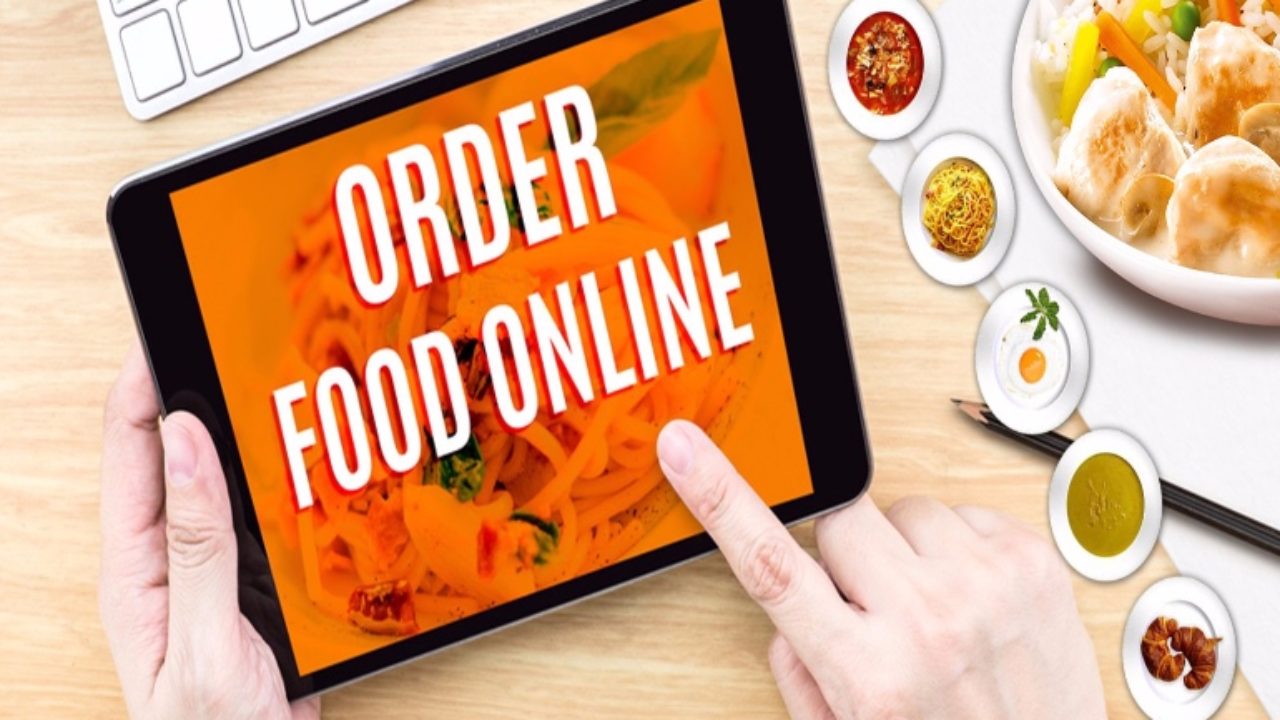Top 3 kids friendly restaurant in Tallinn
Life after kids is always full of surprises. But after few years of becoming parents, we tend to prepare and always choose wisely over something.
Sometimes, we also thinking a lot about the kids menu, sometimes we don’t really care as long as the kids happy and just enjoying the restaurant. But it will always nice to get everything in one place right? Good food + nice playroom = Happy kids = Happy parents 🙂
So, here few recommendation few kids friendly restaurants in Tallinn that we really love because they have a playroom :
- Vapiano Foorum
Calling all pasta lovers! The self service and open kitchen concept is quite interesting. Where you can order Pasta/Pizza/Risotto directly to the chef and watch them cooking in front of you. And the best part is, Vapiano has most comfortable playroom. You can sit and enjoy your meal while watching your kids in the playroom. Don’t forget to order 5€ pizza for your kids. I’m pretty sure kids will love it.
Location : Vapiano Foorum, Hobujaama 10, Tallinn

2. Lou Lou
This one I think is quite new in town and better make some reservations. The food was great, we went there for brunch and we really love the coffee. But, I didn’t see they had a kids menu and sometimes the order took a bit long. I hope their service is getting better by now.
Location : Lou Lou Laeva 1, Tallinn.

3. Babyback Ribs & BBQ
This restaurant is always the best choice when you go to Ulemiste Mall, on the 2nd floor. It’s like a hidden gem, because you can’t see the playground from outside. The food was always great and they also served kids meals. PS : Sometimes they will give us vouchers for the next visit.
